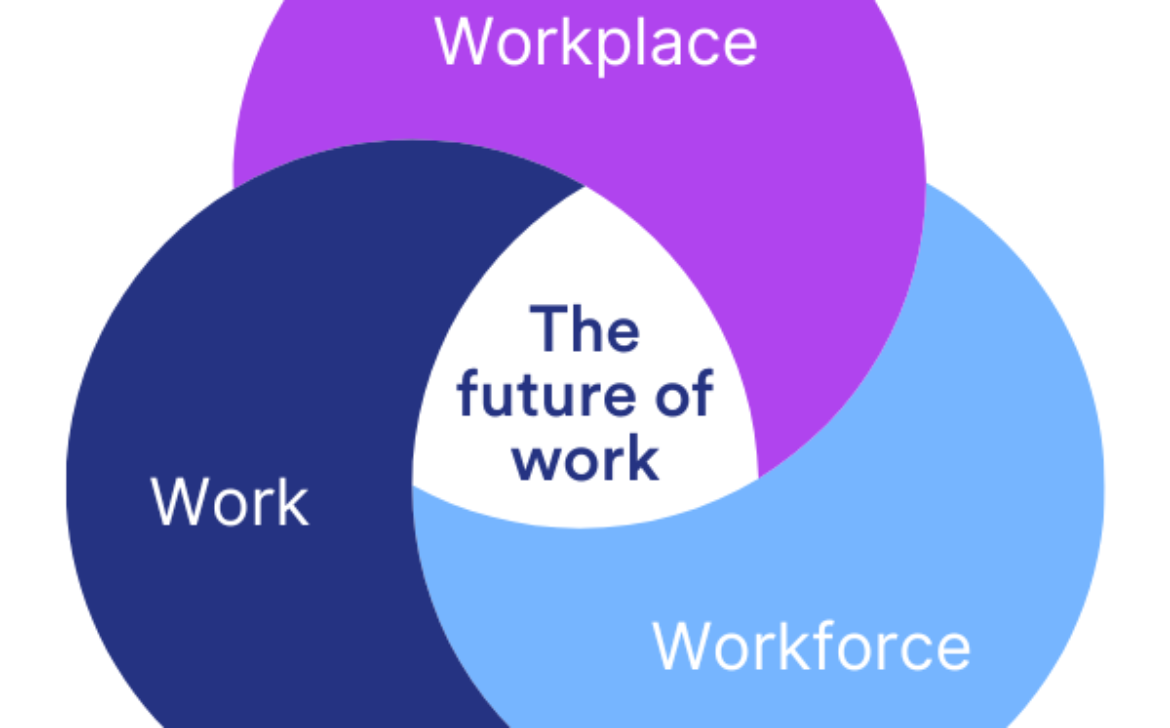Decolonizing the Curriculum: Embracing Diversity in Education
In a world that is becoming increasingly interconnected, it’s essential that our education system reflects the diverse tapestry of human experiences. The movement to decolonize the curriculum is gaining momentum, urging us to reevaluate and reshape the way we teach and learn.
Unveiling Hidden Narratives:
Traditional curricula often present a limited perspective on history, dominated by the voices of the colonizers. Decolonization involves unveiling hidden narratives, acknowledging the stories of the oppressed, and shedding light on marginalized communities’ struggles and triumphs.
A Broader Worldview:
Decolonizing the curriculum broadens students’ worldviews by incorporating a rich tapestry of cultural, historical, and societal perspectives. This inclusive approach equips students with the tools to navigate an increasingly globalized world.
Empowering Marginalized Voices:
By integrating diverse voices into the curriculum, we empower marginalized individuals and communities. Representation in education validates their experiences and contributes to a more inclusive society.
Challenging Eurocentrism:
A decolonized curriculum challenges the Eurocentric lens through which much of the world’s history is often taught. It encourages critical thinking and prompts students to question prevailing narratives.
Fostering Critical Thinking:
Education isn’t just about memorizing facts; it’s about fostering critical thinking. Decolonization encourages students to analyze information from various angles and develop a well-rounded perspective.
Cultural Exchange and Understanding:
A diverse curriculum fosters cultural exchange and understanding, breaking down stereotypes and promoting empathy among students of different backgrounds.
Navigating Complex Identities:
For students from diverse backgrounds, a decolonized curriculum acknowledges and respects their complex identities. It creates an environment where all students can find themselves in the subjects they study.
Preparation for the Future:
As the world continues to evolve, the ability to adapt and relate to different cultures becomes increasingly crucial. A decolonized curriculum prepares students for the challenges and opportunities of a multicultural society.
Overcoming Resistance:
Decolonizing the curriculum can face resistance from those accustomed to the traditional way of teaching. However, open dialogue and understanding can pave the way for a more inclusive educational experience.
Teacher Empowerment:
Educators play a vital role in this movement. Empowering teachers to curate diverse materials and engage in open discussions allows for a more inclusive classroom experience.
A Call to Action:
The movement to decolonize the curriculum is a call to action for educators, policymakers, and society as a whole. It’s about dismantling the barriers that perpetuate inequality and providing a more equitable education for all.
In conclusion, decolonizing the curriculum is not just about changing what we teach; it’s about changing how we view the world and each other. Embracing diverse voices, histories, and perspectives enriches our education system and empowers us to create a more inclusive and harmonious society.









